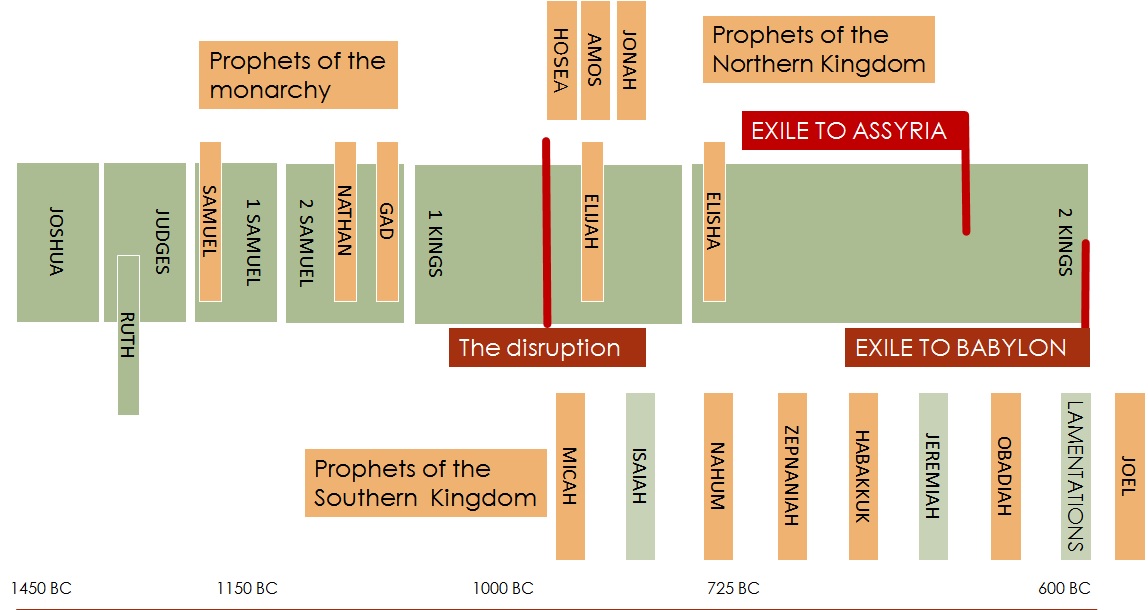Part 3
This lesson takes us into Chapter 5 of the book of Romans
Chapter 5
This includes a recap of the previous sessions and completes our coverage of Romans chapter 5.
Downloads for this Session
January 2022

Study the Bible with Ed Donald
This lesson is the second of a deeper study into the book of Romans
In the previous session we covered an Introduction to Romans. This lesson continues our more in depth study and covers up to Chapter 3 verse 20.


This lesson is the first of a deeper study into the book of Romans

Romans is an exposition of the essential truths of Christianity, these truths are foundational to what we believe as Christians.
In this lesson we remind ourselves why we are studying the Bible and the place and purpose of Romans.
By way of introduction we study both Paul’s opening greetings in Chapter 1 vs 1-17 and his conclusion in Chapter 16

This section completes our survey of the New Testament.
This is the final book in the New Testament, it’s full title is: The Revelation of Jesus Christ. It is sometimes (erroneously) called the Revelation of St. John the Divine.

This session covers the letters of the New Testament.
The first part of this session covers the letters written by Paul and Hebrews (also often considered as one of Paul’s letters).
There are 14 letters in this group.
The first thing to notice is that the first and last of these letters are somewhat different to the others, in them there is a development of an argument which sets out a reasonably full theological statement of the belief of the writer(s).
The other letters are more parochial, dealing with: commendation, reproof, and advice; specifically tailored for the recipients – both individuals and churches.
There are seven letters in this group, they were written by James and Jude (half-brothers of Jesus), Peter (2) and John (3).


This session covers the first five books of the New Testament – the four gospels and the Acts of the Apostles.
Question: How many gospels are there.
Answer: Four (Matthew, Mark, Luke and John)
Or should the answer be: There is only one gospel?
While there is advantage in seeking to harmonise the gospels, to obtain ‘a life of Christ’, our aim here is to observe the differences between them, and see His life from four different viewpoints.
Acts can be analysed under at least three different headings – People, Places and Principles
People – Peter and Paul
Places – Jerusalem, Judea and Samaria, The ‘Ends of the Earth’
Principles – The Holy Spirit at Work – In the local community, In individual lives, In a crisis, In groups/teams.


This session is broken into two parts: a) The Major Prophets, and b) The Minor Prophets
Isaiah – ‘Jehovah is salvation’
Jeremiah – whom Jehovah has appointed, or ‘Jehovah lifts up’
Ezekiel – ‘God strengthens’
Daniel – ‘God is my judge’
We will consider these in groups of three



We now take a look at the books of the Old Testament that cover the period from Israel entering the Promised Land – Canaan to their exile in Babylon


We begin with an overview of the first five books of the bible: Genesis to Deuteronomy
